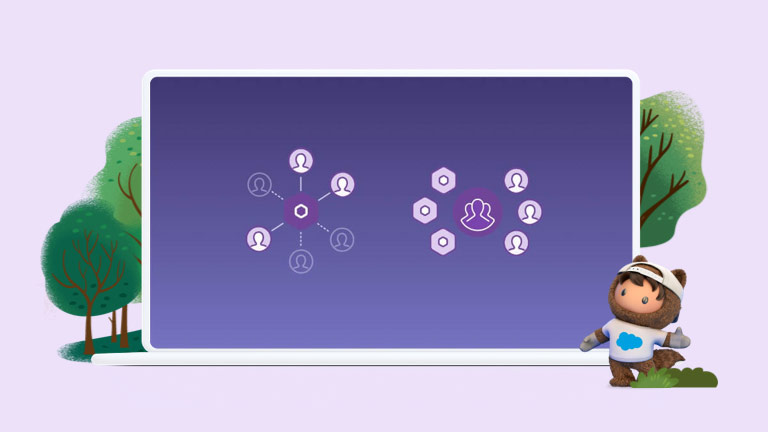Chapter 3: Deepen Your Service Capabilities
The modern approach to service means solving customer issues in real time or offering a solution before it’s needed. Doing this well means capturing events as they happen. You can set up your systems to talk to one location instead of to each other. It’s easier than you think to build a pipeline that streams data to drive real-time apps, actions, and insights.
Perhaps you are using Oracle, Salesforce, and many other customer apps you’ve built. Some are running on AWS and other multiple clouds, or on similar solutions. You have spaghetti code instead of a central hub where all systems talk to one location. A shared event bus takes events generated on the platform and extends them off-platform onto a public cloud or on premises. You want to be able to make sure that your customer info stays in sync — and it’s a lot of data — and you aren’t going to move all the information from SAP into Salesforce. You can now use a shared event bus to look across systems and connect the data for you.

Centralise with a shared event bus.
Build a unified event feed that not only captures the data changes occurring in multiple Salesforce and Work.com orgs but can also ingest changes to the Postgres database from customer-facing experiences. Unified event feeds provide a centralised Kafka-based event bus that takes action on all occasions. Developers can build applications with Lightning web components that enable enterprises to contextual channel events back into Lightning desktop and mobile experiences in a central “hub“ org.
Streaming is scalable to multiple objects in a single Salesforce org and scalable to many Salesforce orgs — including Work.com, Service Cloud, and Sales Cloud. Not only can you quickly provide visibility across orgs, but you can capture changes and report on how records have changed over time across objects and orgs. Designing enterprise systems within Salesforce trust boundaries opens up possibilities like triggering standard business processes from Heroku apps subscribed to an Apache Kafka event bus using the Salesforce Flow REST API. For example, when a customer purchases an item on your website, it can trigger low-code tools for internal fulfillment workflows and analytics.
Every new application is built off the shared event bus to access all the info. Heroku unites multiple platforms to create more flexibility, develop new solutions, and enable you to achieve the highest levels of service.

What can you do with the shared event bus pattern?

Chapters
03
Deepen Your Service Capabilities

Do You Need an Event Bus? A Quick Overview of Five Common Uses

Streaming Data Connector
More Resources

Get Started with Streaming Data Connectors

Enable Dev Teams to do Their Best Work







